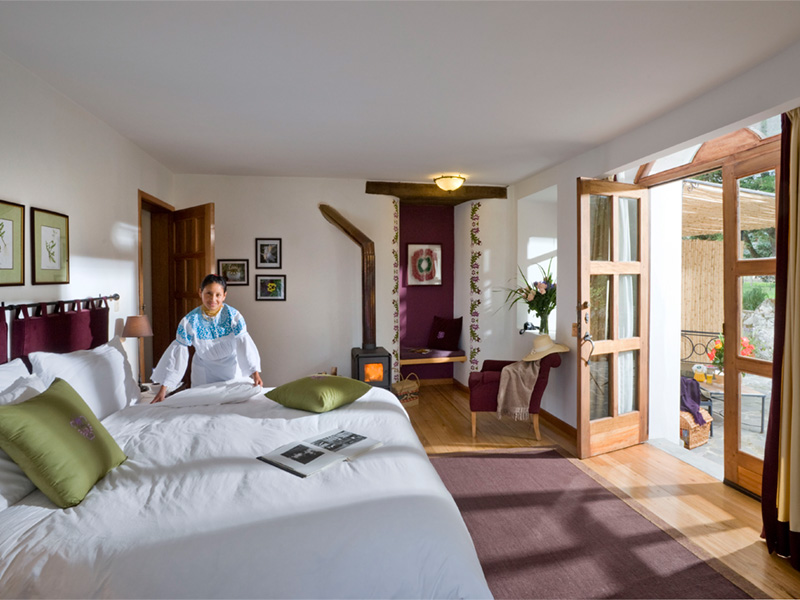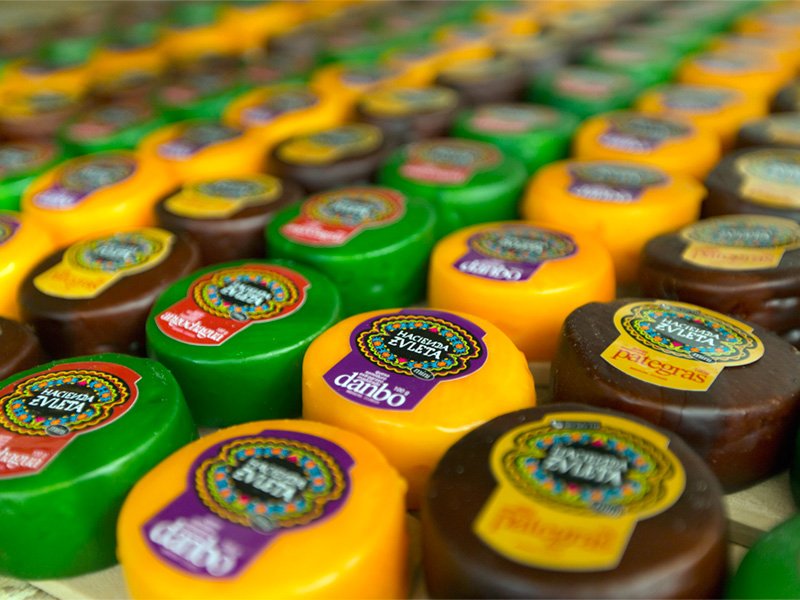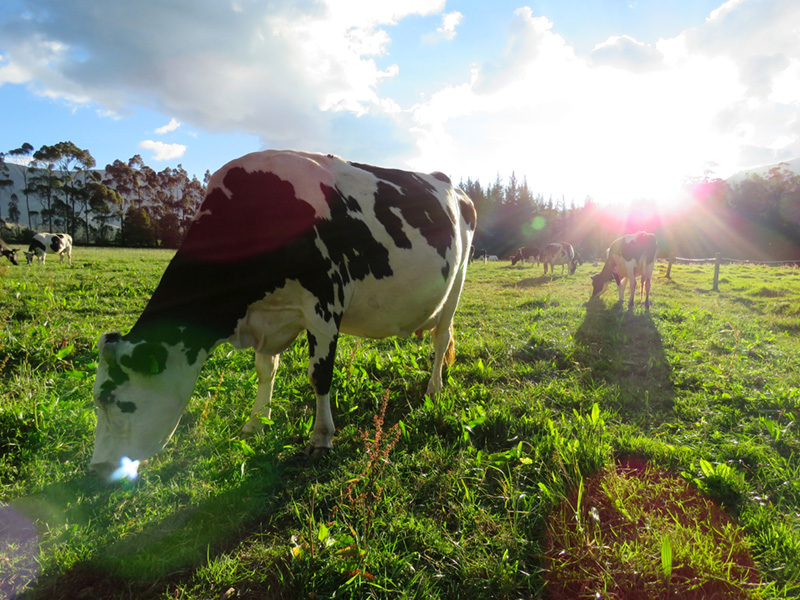




HISTORY
Full of history, from mysterious pre-Inca mounds to colonial Spanish roots, as well as the home of two former presidents of Ecuador, Zuleta is the perfect place to immerse yourself in Ecuadorean culture and traditions.
An important location for centuries, Zuleta is one of the two best-preserved mound sites of the ancient Caranqui people in Ecuador; the area was later settled by the Incas and then the Spanish. It is a living reflection of the region’s history, starting out as a refuge from volcanoes, a ceremonial location for Caranqui chiefs, and a rich agricultural resource for the conquering Incas and Spanish. Today, Zuleta’s staff carry on the legacy of former president Galo Plaza Lasso and his family, who joined liberal ideals with economic advances to build a community that combines pride in its indigenous past with future-oriented innovations.
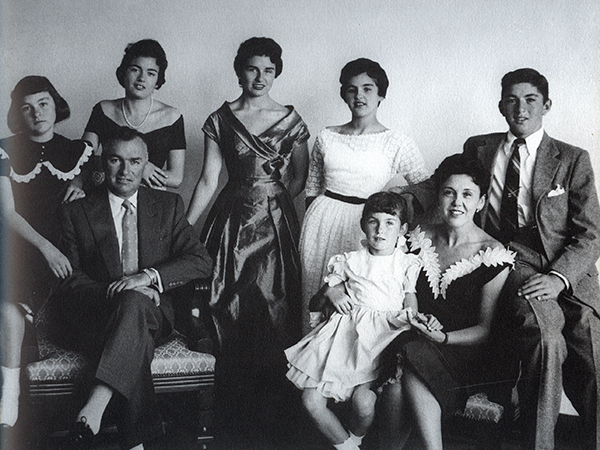
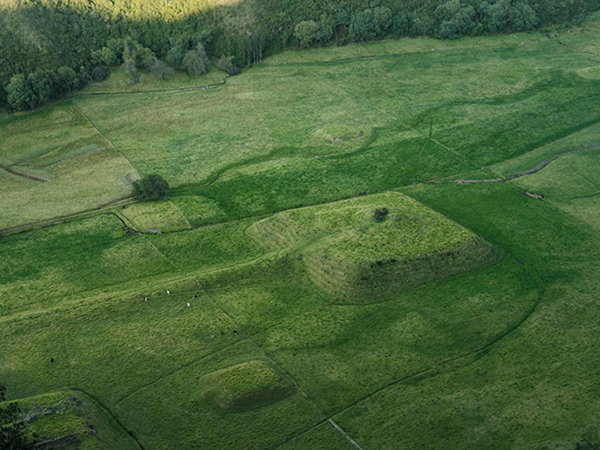
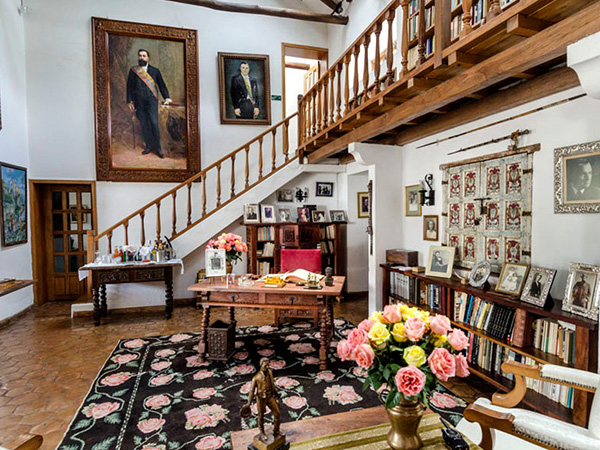
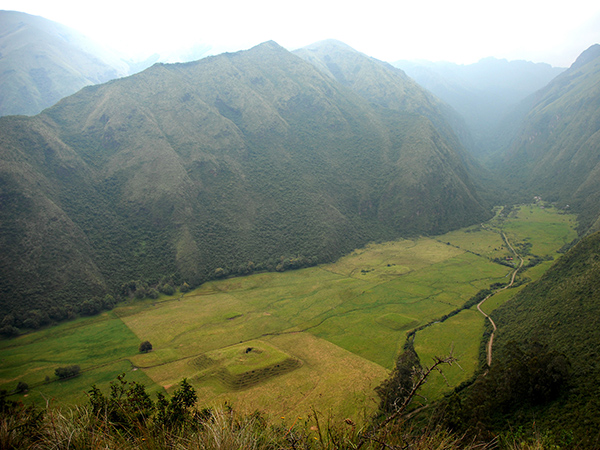 The people who became known as the Caranquis constructed large earthen mounds and raised fields, or camellones, throughout the region, including at Hacienda Zuleta. They were governed by a complex system of caciques (chiefs), who owed allegiance and paid tribute to a paramount chief.
The people who became known as the Caranquis constructed large earthen mounds and raised fields, or camellones, throughout the region, including at Hacienda Zuleta. They were governed by a complex system of caciques (chiefs), who owed allegiance and paid tribute to a paramount chief.
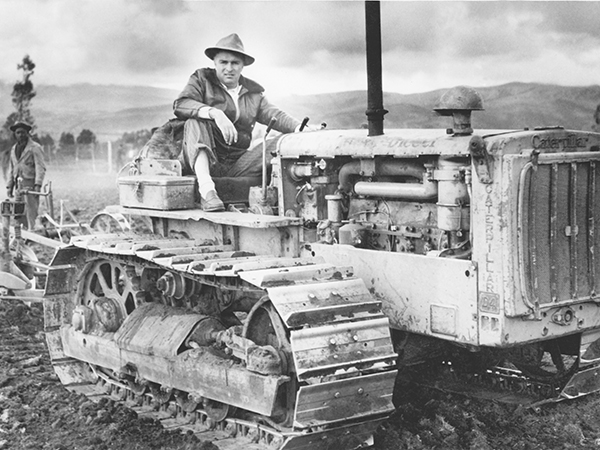 The hacienda was still a traditional working farm when it was sold to one José María Lasso, the first ancestral link to Hacienda Zuleta’s present owners. Later, it passed to Leonidas Plaza who was president of Ecuador for two terms. His son, Galo Plaza Lasso, was himself a president of Ecuador, as well as a bullfighter and a diplomat. A farmer at heart, Lasso was an ardent supporter of modern agriculture, being the first to bring Holstein cattle, systematic seed selection, and tractors to Ecuador, revolutionizing farming here. Zuleta was his flagship, where each of these technologies was first showcased.
The hacienda was still a traditional working farm when it was sold to one José María Lasso, the first ancestral link to Hacienda Zuleta’s present owners. Later, it passed to Leonidas Plaza who was president of Ecuador for two terms. His son, Galo Plaza Lasso, was himself a president of Ecuador, as well as a bullfighter and a diplomat. A farmer at heart, Lasso was an ardent supporter of modern agriculture, being the first to bring Holstein cattle, systematic seed selection, and tractors to Ecuador, revolutionizing farming here. Zuleta was his flagship, where each of these technologies was first showcased.
 Land reforms, introduced during Galo Plaza’s term as president of Ecuador, returned substantial tracts of land back to the Indian peoples, while abolishing unfair systems. Today the people enjoy independence and some prosperity. Farming and the local cottage industry of embroidery are primary employments, along with the hacienda itself in agriculture and tourism. Festivals, such as Inti Raymi (also known as San Juan), celebrate residents’ ancestral past and folkloric traditions, blending the cultural symbols from pre-Hispanic and colonial with the present day in a richly evolving fusion. In recent years, the hacienda has been transformed into a luxurious hacienda-hotel, offering guests the chance to experience first hand this history and tradition.
Land reforms, introduced during Galo Plaza’s term as president of Ecuador, returned substantial tracts of land back to the Indian peoples, while abolishing unfair systems. Today the people enjoy independence and some prosperity. Farming and the local cottage industry of embroidery are primary employments, along with the hacienda itself in agriculture and tourism. Festivals, such as Inti Raymi (also known as San Juan), celebrate residents’ ancestral past and folkloric traditions, blending the cultural symbols from pre-Hispanic and colonial with the present day in a richly evolving fusion. In recent years, the hacienda has been transformed into a luxurious hacienda-hotel, offering guests the chance to experience first hand this history and tradition. 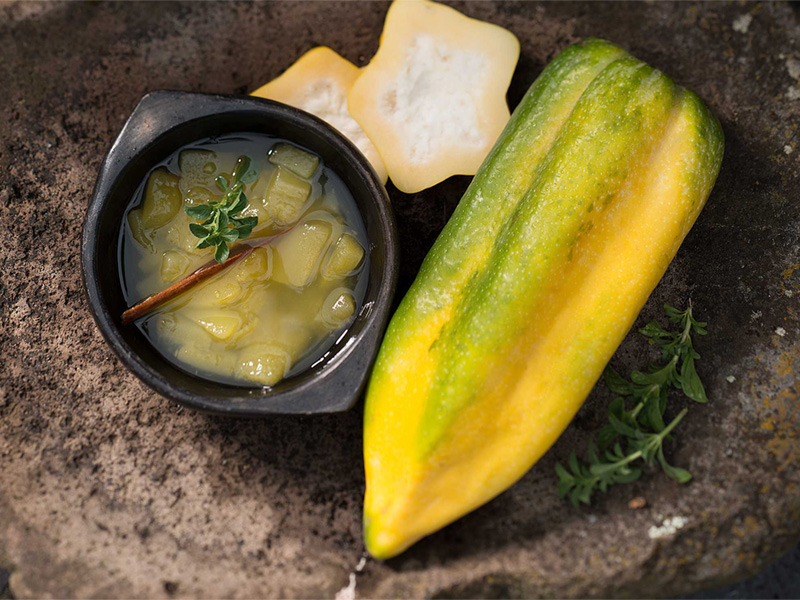
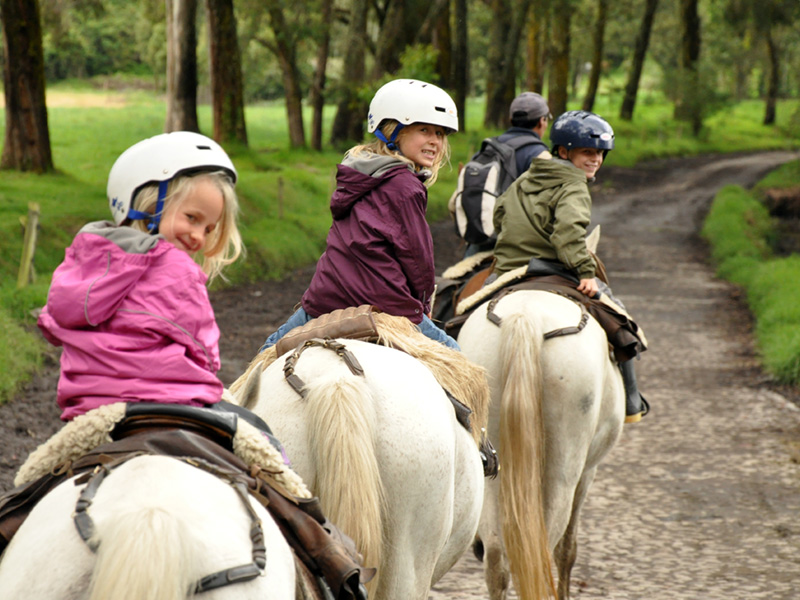
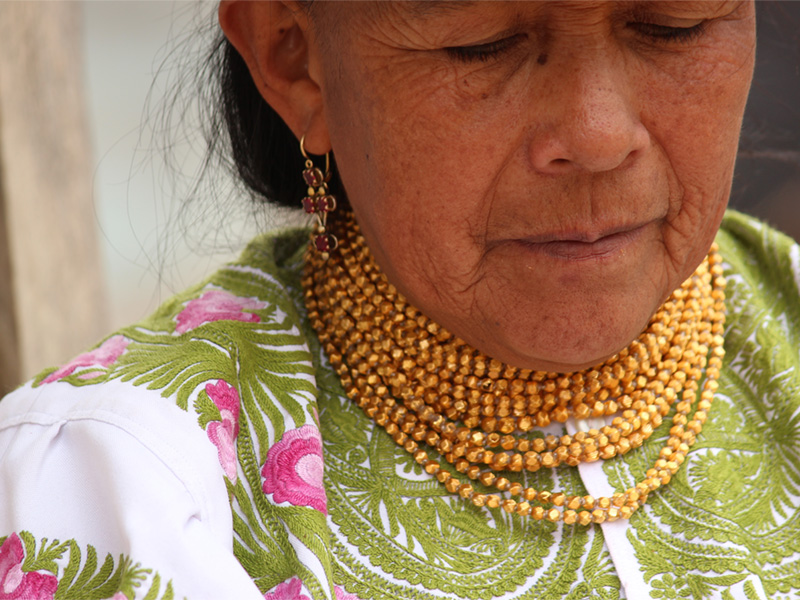
Zuleta is a colonial-era working farm that has belonged to the family of Mr. Galo Plaza Lasso, a former president of Ecuador, for more than 100 years. It was chosen as one of the world’s “Top Ten Finds” by Outside magazine and named one of the best “Ecuadorian Hotels” by National Geographic Traveler.


